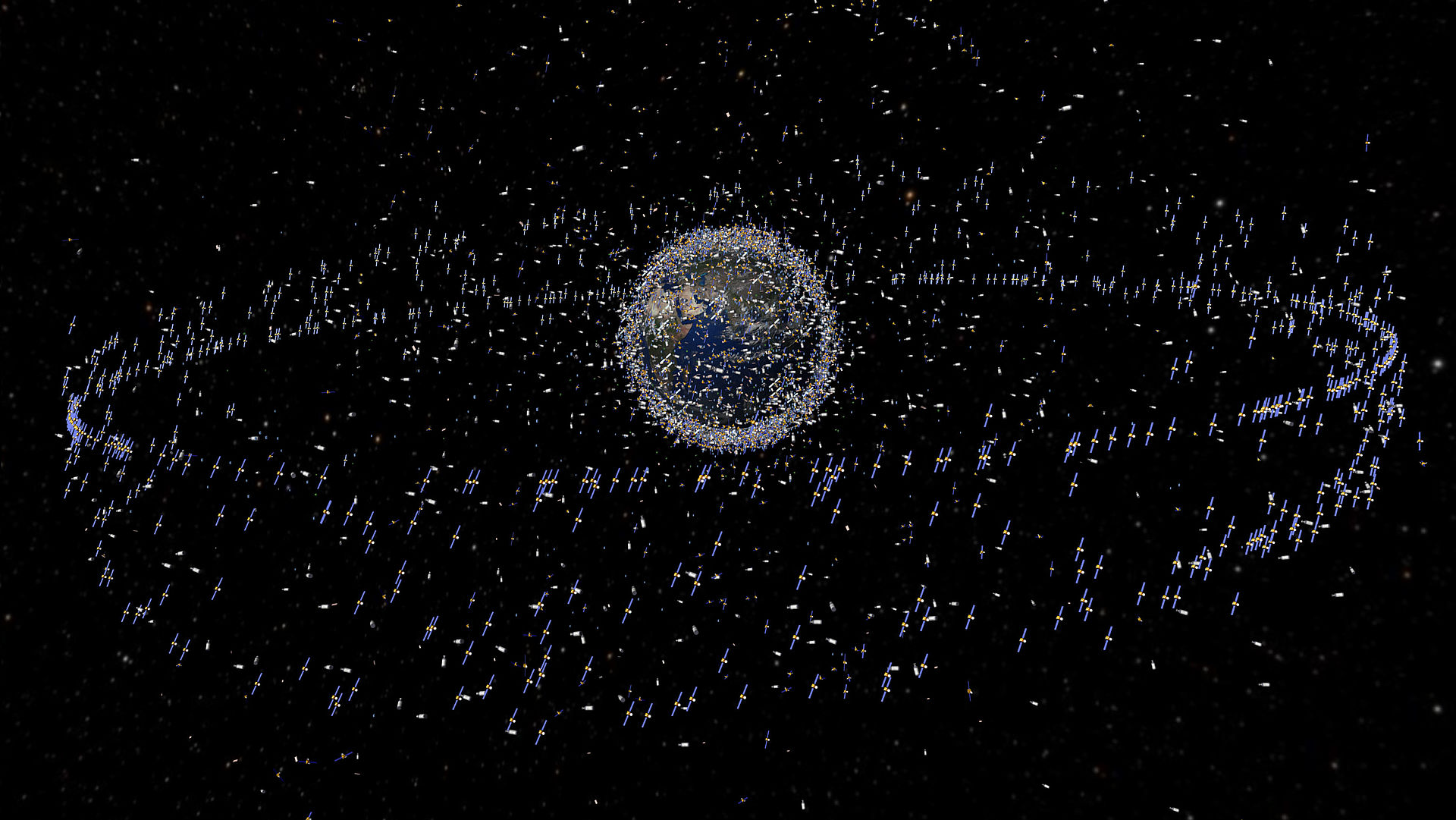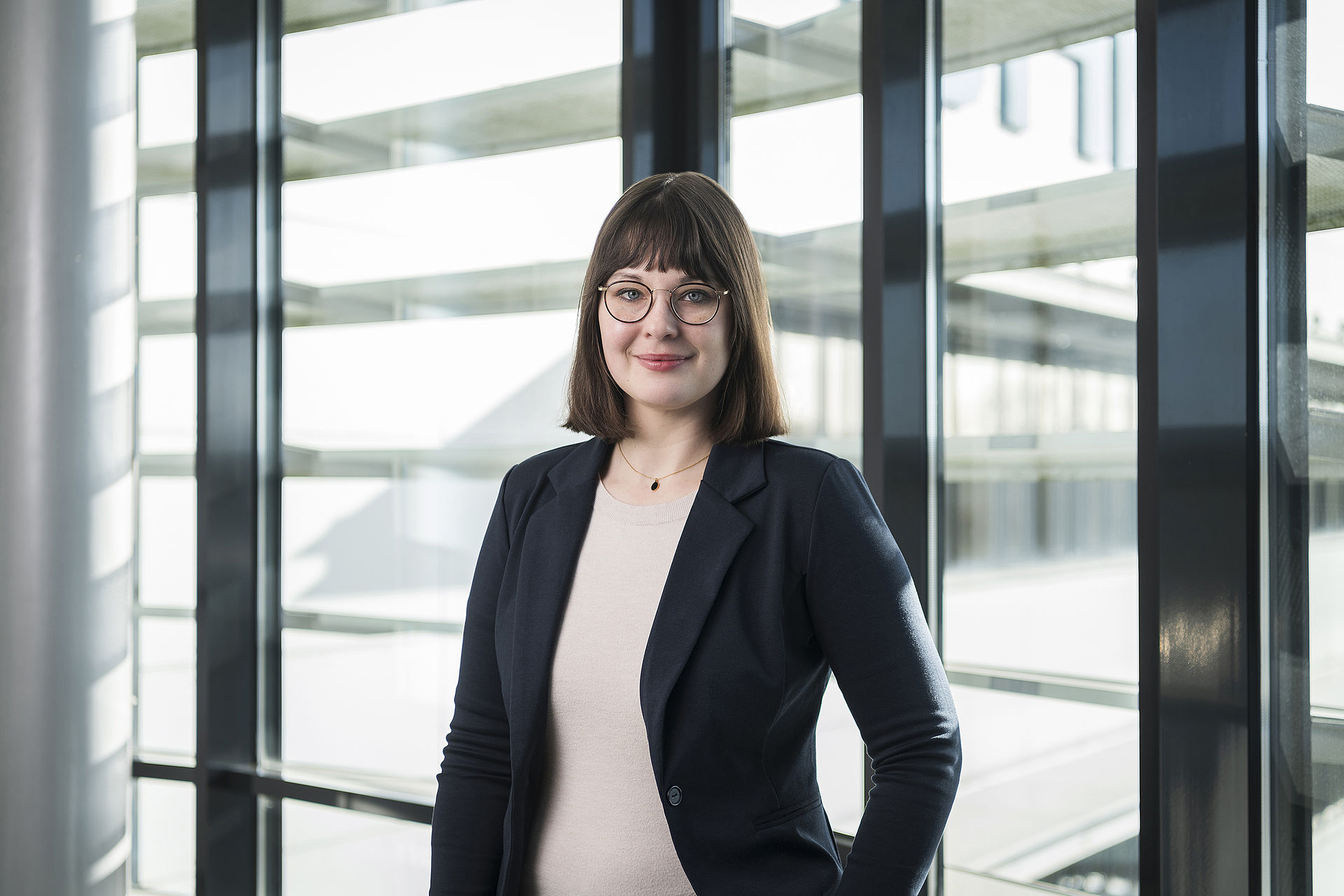What if all the means of transport produced in the world’s modern history, from the first car to the latest scooter, motorcycle, or bus, were still on the roads today? If no tow truck, gas station or assistance existed? If no traffic lights were installed or rules of the road implemented? The result would be, quite clearly, an incredible chaos.
With this scenario in mind, it is quite easy to grasp the situation in space: There, space debris flies through the various orbits in inconceivably large quantities and at high speeds - an ever-increasing danger. Especially in Low Earth Orbit (LEO), where the International Space Station (ISS) is located and where satellite mega-constellations are currently being set up or planned, things are getting tight and also increasingly dangerous due to possible collisions. Internationally applicable traffic rules in space and thus also rules for sustainable handling of the infrastructure in space do not yet exist.
For this reason, the European Commission is funding the SPACEWAYS project with a consortium of renowned European launch system and satellite manufacturers, operators and service providers as well as political and legal research centres and institutes. Since the beginning of 2021, 15 key space actors, including OHB System AG, have been working in seven working groups to draw up recommendations and guidelines for space traffic management (STM).
Space debris is becoming an ever bigger problem
The current situation in space shows why this is necessary: Around 8,500 tonnes of space debris are permanently orbiting around our Earth at breakneck speed. Broken satellites and burnt-out rocket stages, but also many small pieces of debris. The "Space Debris Office" of the European Space Agency (ESA) keeps extensive waste statistics. All larger pieces of debris can be recorded and tracked quite reliably, but for smaller debris there are only estimates, as exact measurements are not yet possible. But the current figures for March 2022 show very clearly how crowded space is: 36,500 objects larger than ten centimetres and one million objects between one and ten centimetres in size are listed in ESA’s statistical models. The number for even smaller debris is staggering: 130 million objects are currently circling our Earth. All this junk, including defective or inactive satellites, doesn't just stop like a broken-down car somewhere on the road and is towed away at some point, no, it continues to circle uncontrolled through space alongside functioning satellites – and that at speeds of up to 29,000 kilometres per hour. Technology is advancing in the fields of active debris removal and other in-orbit services, such as refuelling and life-extension of satellites. However, these potential mitigation devices are only beginning to be tested and to find economic and commercial viability.
Technological innovation is key to developing solutions for in-orbit pollution, but other approaches are also needed that address these problems from a normative or regulatory standpoint.
Binding norms, regulations, principles, best practices, standards and shared guidelines are all potential approaches to mitigate further pollution and define how actors in space should behave, especially in the event of potential collisions. For these reasons, the SPACEWAYS project is also examining the issues of space debris and space traffic from a sustainability perspective and is addressing technical, regulatory and political issues.
It is urgent to agree on a set of rules
Since the dawn of spaceflight, there has been no international treaty or regulation that requires all space actors to coordinate in orbit and debris removal. At the same time, new projects are materialising as states and companies continue to request authorisation for launching and placing in orbit constellations of thousands of satellites, which exponentially increase the congestion in LEO and the risk of debris. Moreover, the current trends of miniaturisation of technology and easier access to space allow more and more state entities and private actors to put their own satellites into orbit. In consideration of this situation, it is urgent to agree on a set of rules. According to the SPACEWAYS consortium, a separate STM strategy implemented by individual actors, for example by a state or a satellite operator, would not fulfil the goal of safety of space operations.
The interaction and joint work with the other major space actors in this project is very frank and intensive, but above all driven by the common intention to increase safety in space through binding rules.
"The interaction and joint work with the other major space actors in this project is very frank and intensive, but above all driven by the common intention to increase safety in space through binding rules. Which effects this will have, for example, on the construction and design of satellites, but also on competitiveness, are exciting questions that we are discussing in detail in the various working groups. We also have to determine which technologies are needed to capture space debris," says Dr Charlotte Bewick, aerospace engineer and Head of Scientific Missions Department at OHB.
The results of the joint effort are expected to be published in a study this summer. An initial first STM brief entitled: “A Congested Space and its Safety. The Importance of Space Traffic Management and the Current State of Play" is now out and can be downloaded here as a pdf.
SPACEWAYS is part of the Horizon 2020 European research programme. The project is being worked on by 15 partners, including OHB and, among others, also Airbus Defence and Space, Thales Alenia Space and ArianeGroup. The joint efforts are being coordinated by the Foundation for Strategic Research (Fondation pour la Recherche Stratégique – FRS) in Paris. The eighteen-month-project is valued at EUR 1.5 million.
For more information go to the SPACEWAYS webpage.


